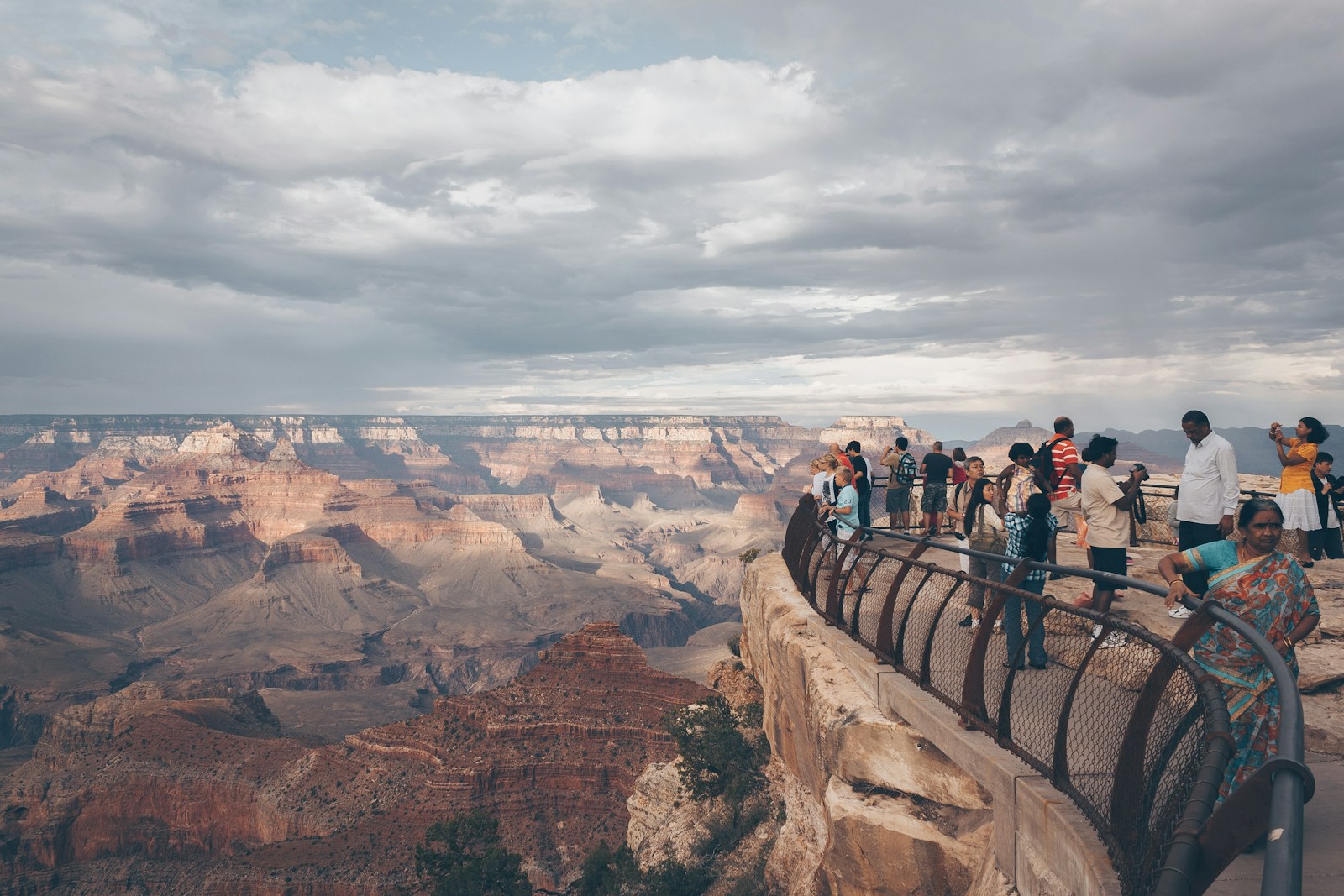America’s national parks represent some of our nation’s greatest natural treasures, drawing millions of visitors each year who come to witness breathtaking landscapes, diverse wildlife, and unique geological features. However, this popularity comes with a significant drawback: crowds that can diminish the wilderness experience many seek. In recent years, visitation to parks like Yellowstone, Yosemite, and Zion has reached record levels, resulting in traffic jams, packed trails, and limited parking. The good news is that with thoughtful planning and strategic approaches, you can still enjoy these magnificent spaces without the masses. This article provides practical techniques to help you experience the serenity and beauty of our most beloved national parks while avoiding the crowds that often accompany them.
Visit During Off-Peak Seasons
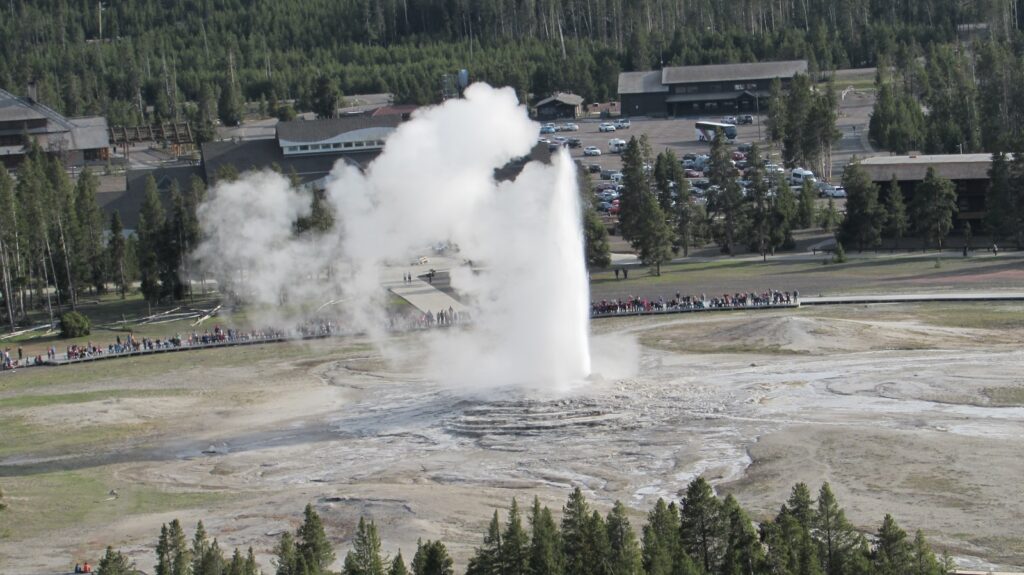
One of the most effective strategies for avoiding crowds is to plan your visit during off-peak seasons when tourism naturally declines. While summer months (June through August) typically see the highest visitation rates at most national parks, the shoulder seasons of spring and fall often offer equally spectacular experiences with significantly fewer people. Parks like Grand Teton and Yellowstone are magical in September and early October when fall colors emerge, wildlife becomes more active, and summer tourists have departed. Winter visits to parks that remain accessible, such as Bryce Canyon or Death Valley, provide utterly different landscapes and near-solitude on trails that might see thousands of hikers during peak months. Additionally, accommodation prices typically drop during these periods, making your journey more affordable while enhancing the quality of your experience.
Embrace Early Mornings and Evening Hours

The timing of your daily activities can dramatically impact your experience in popular national parks. Rising before dawn and hitting the trails or scenic viewpoints by sunrise puts you ahead of the majority of visitors who typically arrive between 9 AM and 10 AM. These early golden hours not only offer the best lighting for photography but also provide opportunities for wildlife viewing when animals are most active. Similarly, extending your day into the evening allows you to enjoy popular attractions after the day-tripping crowds have departed. Many iconic locations like Delicate Arch in Arches National Park or Artist Point in Yellowstone transform into peaceful retreats after 6 PM. Some parks also offer ranger-led evening programs that provide enriching experiences when crowd levels have diminished significantly.
Explore Lesser-Known Areas Within Popular Parks
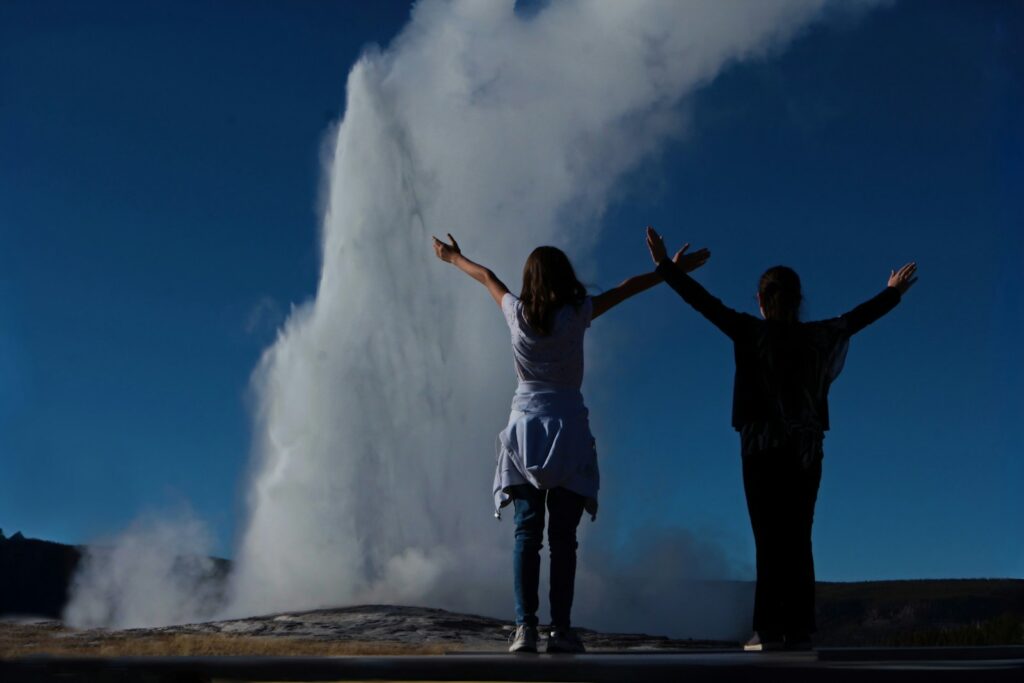
Even the most visited national parks contain hidden gems and lesser-traveled regions that escape the attention of most visitors. While crowds gather at Old Faithful in Yellowstone, you might find relative solitude exploring the park’s more remote geyser basins like Shoshone or Heart Lake. At Great Smoky Mountains National Park, the country’s most visited national park, the Cataloochee Valley offers serene settings and elk viewing opportunities while Cades Cove overflows with vehicles. Research before your trip to identify these secondary attractions, which often provide experiences equal to or better than their more famous counterparts. Ranger stations can be excellent resources for recommendations on lesser-known areas that match your interests and fitness levels, potentially leading to memorable discoveries you wouldn’t have made otherwise.
Utilize Park Shuttles and Public Transportation
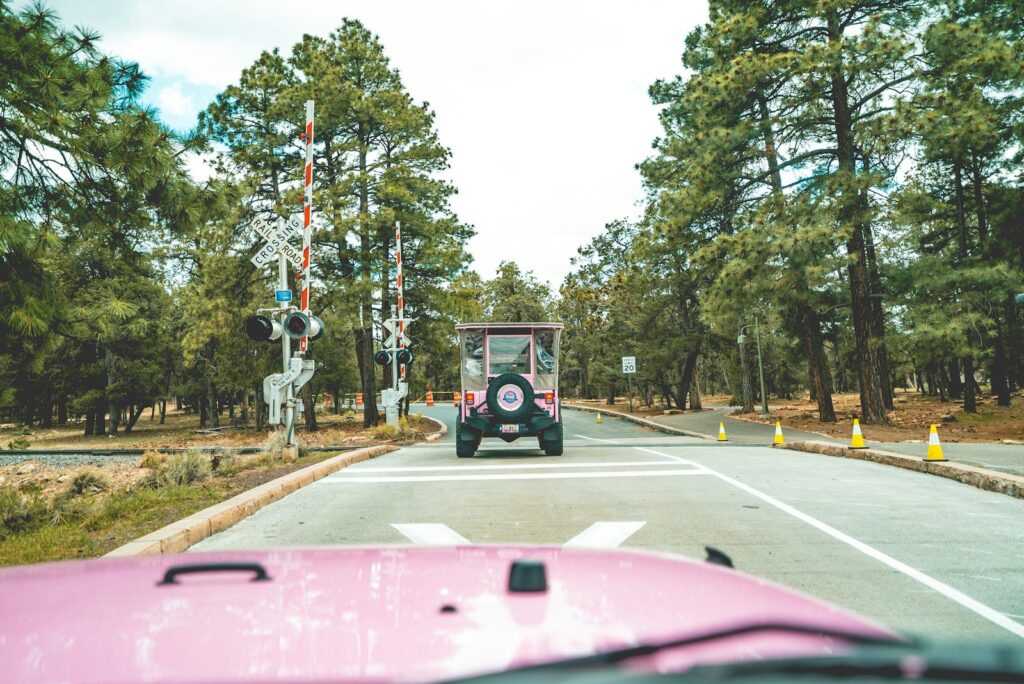
Many popular national parks have implemented shuttle systems to reduce traffic congestion and parking issues, and these can become valuable allies in your crowd-avoidance strategy. Parks like Zion, Grand Canyon, and Yosemite operate comprehensive shuttle networks that not only reduce the stress of finding parking but also allow you to hop on and off at various locations throughout the day. By parking once (or staying at accommodations with shuttle access) and using these systems, you can more easily adjust your itinerary based on observed crowd patterns. Some parks even offer early morning express shuttles to popular trailheads before regular service begins, giving shuttle riders a head start on day visitors. Additionally, positioning yourself at shuttle stops further along routes rather than at visitor centers can help you avoid the largest crowds boarding at main locations.
Consider Backcountry Experiences
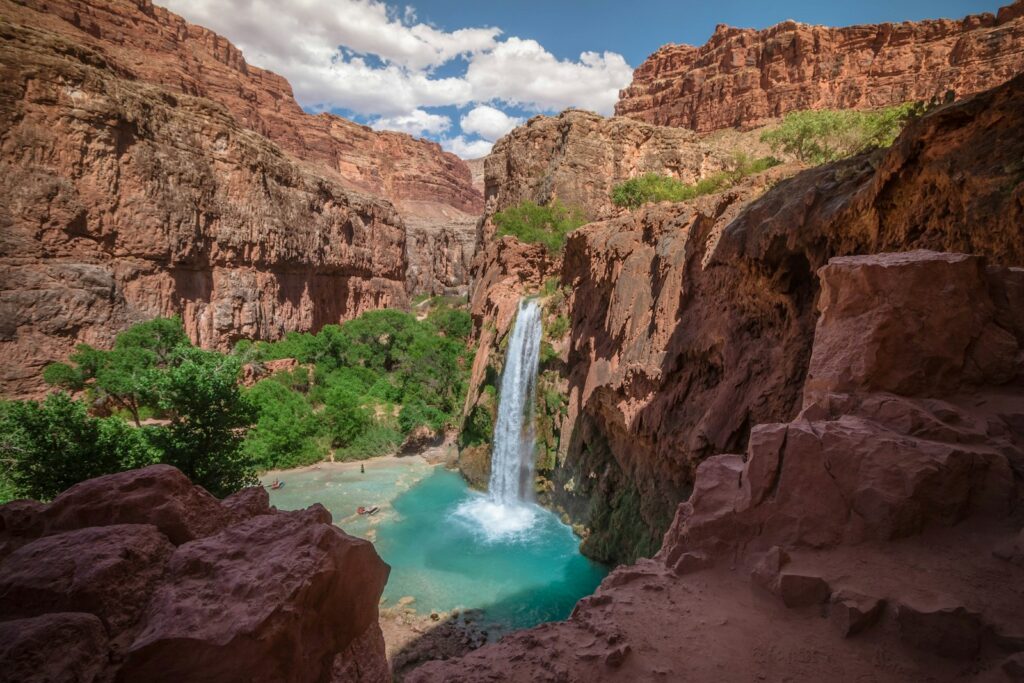
For those with appropriate skills and equipment, backcountry experiences offer the ultimate escape from crowds in national parks. Obtaining backcountry permits allows you to access remote areas where day visitors rarely venture, providing authentic wilderness experiences. In parks like Grand Canyon, the rim might see thousands of daily visitors while backcountry campers enjoy absolute solitude under starlit skies just a few miles into the canyon. Even relatively short overnight backpacking trips can transport you to secluded landscapes that day hikers never witness. Many parks offer varying levels of backcountry experiences, from established campsites accessible via maintained trails to true wilderness zones requiring navigation skills. Before embarking on such adventures, ensure you have proper preparation, understand leave-no-trace principles, and have secured necessary permits, which are often available through reservation systems months in advance.
Visit Similar But Less Popular Alternatives
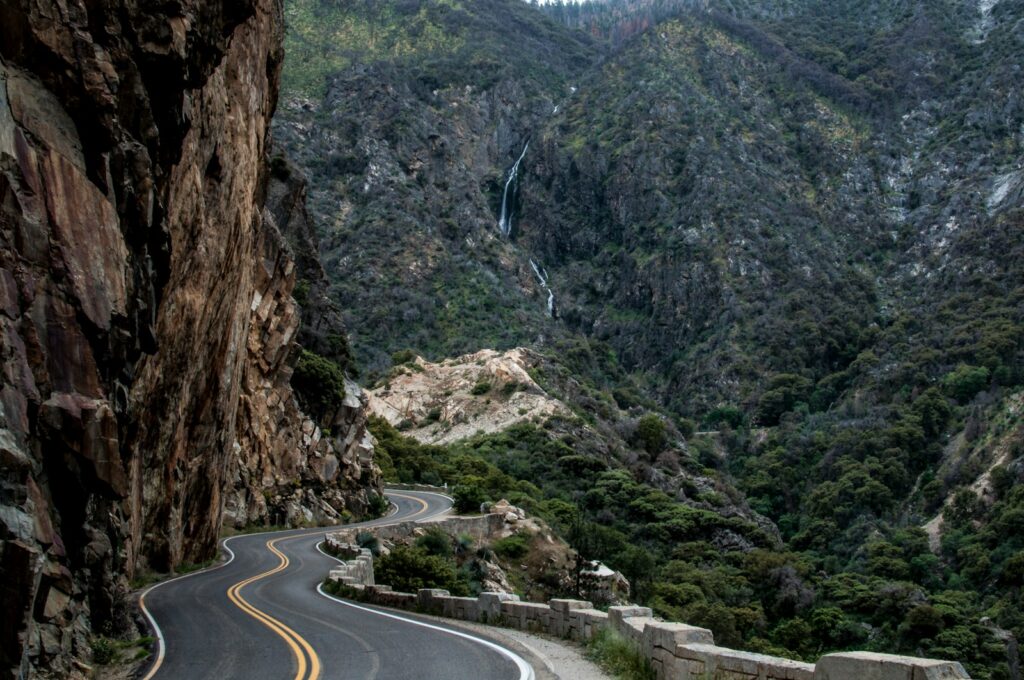
Sometimes the best strategy for avoiding crowds is to reconsider your destination entirely and choose similar but less-frequented national parks or monuments. While Yosemite Valley might be packed with visitors, nearby Kings Canyon National Park offers equally impressive granite landscapes with a fraction of the visitation. Instead of fighting crowds at Arches National Park, consider the similar geology at Grand Staircase-Escalante National Monument, where you might hike all day without encountering another person. Exploring alternatives often leads to discovering hidden gems in the national park system that provide authentic experiences without the commercial development and congestion of their more famous counterparts. Research parks with similar geological features, ecosystems, or wildlife to find these less-traveled alternatives that might actually better suit your desire for natural immersion.
Take Advantage of Weekday Visits
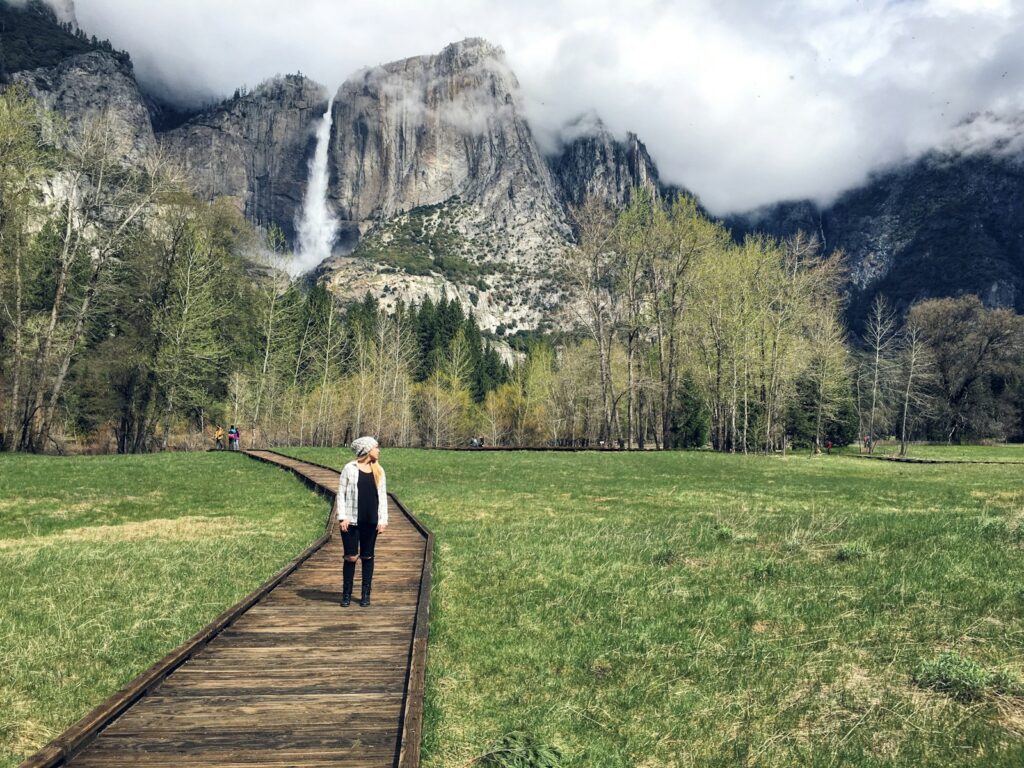
The day of the week you choose to visit a national park can significantly impact your crowd experience, particularly during peak seasons. Weekend visitation can double or even triple the number of people in popular areas compared to midweek days. Planning your trip to include weekday visits to the most popular attractions within parks can substantially improve your experience at iconic locations. If your vacation schedule permits, consider structuring your itinerary to visit the most famous sites (like Old Faithful or Yosemite Falls) on Tuesdays or Wednesdays, which typically see the lowest visitation levels. This strategy works particularly well for parks near urban centers that receive heavy weekend visitation from nearby metropolitan areas. Some data-driven travelers even research specific parks’ visitation patterns, which rangers often track and can share, to identify the historically quietest days of the week.
Use Technology and Apps to Monitor Crowd Levels
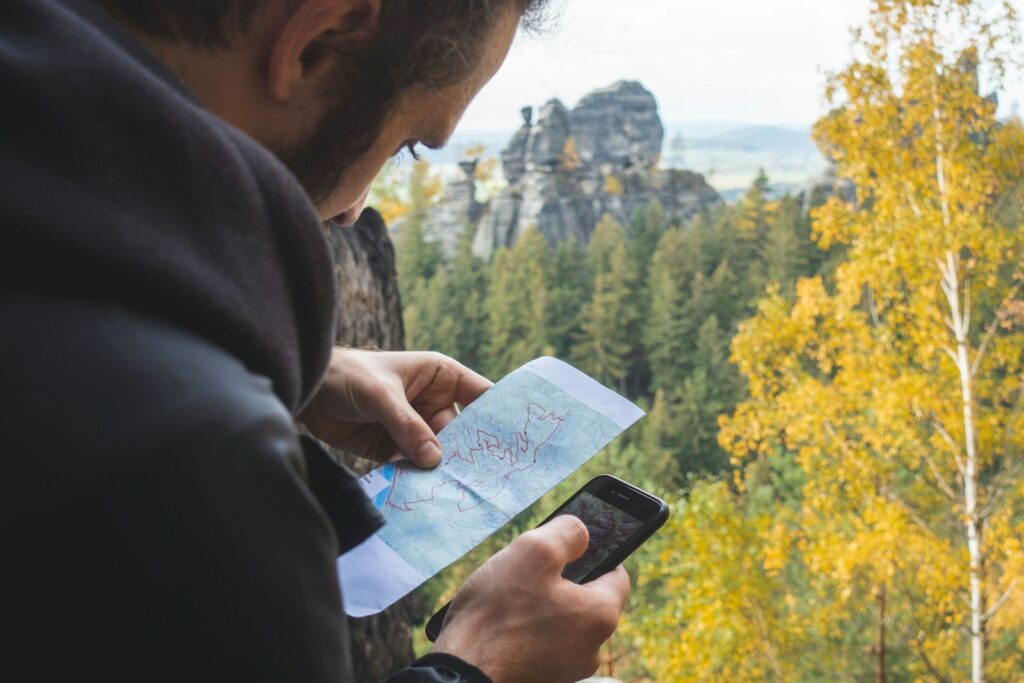
Modern technology offers powerful tools to help predict and avoid crowds in real-time during your national park visit. Many parks now provide their own apps or use social media to post updates about parking availability, trail closures, and congestion at popular viewpoints. Third-party apps like NPS App, AllTrails, and Chimani provide user reports and historical data that can help you gauge the best times to visit specific attractions. Some parks have installed webcams at popular locations that you can check before heading out for the day, allowing you to adjust plans if an area looks particularly crowded. Additionally, websites like Recreation.gov not only facilitate reservation systems but often display availability calendars that can indicate which days might see fewer visitors based on remaining camping or permit availability.
Plan Extended Stays at a Single Park
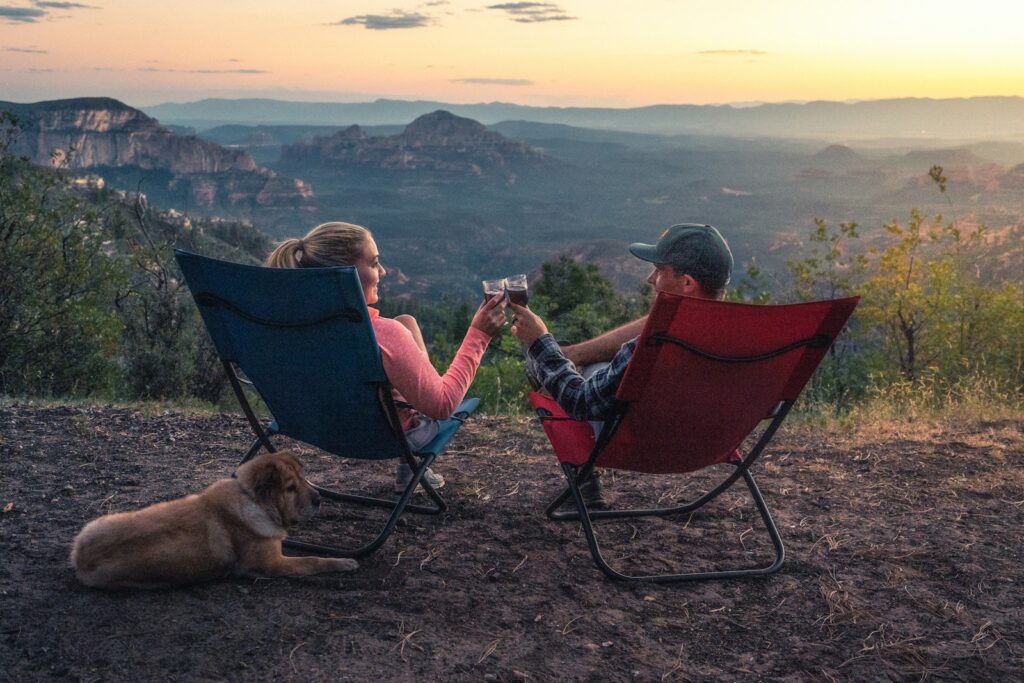
Rather than attempting to visit multiple national parks in a single trip, consider spending more time at one location, allowing you to develop strategies for avoiding its crowds. Extended stays enable you to observe visitation patterns and adjust accordingly, visiting popular attractions when they’re least crowded and exploring more remote areas during peak hours. Multi-day visits also allow you to take advantage of early mornings and late evenings consistently, times when day-trippers and tour buses are absent. With a longer stay, you can afford to be flexible with your itinerary, perhaps saving certain hikes or viewpoints for days with better weather or lower projected visitation. This approach also reduces travel time between destinations, allowing more actual time enjoying the natural environment rather than battling traffic on park roads.
Book Accommodations Inside Parks When Possible

Securing lodging within park boundaries provides a significant advantage for avoiding crowds and enhancing your overall experience. In-park accommodations, whether historic lodges, cabins, or campgrounds, position you to easily access attractions during early morning and evening hours when day visitors are absent. Guests staying within parks like Yosemite or Grand Canyon can witness iconic views bathed in sunrise light while most visitors are still driving toward the entrance gates. These accommodations typically require reservations months or even a year in advance, particularly for summer seasons, but the planning effort pays dividends in the quality of your experience. If in-park lodging isn’t available, prioritize accommodations in gateway communities with the earliest possible access to park entrances, ideally allowing you to enter before the majority of visitors arrive for the day.
Consider Guided Experiences in Less-Traveled Areas
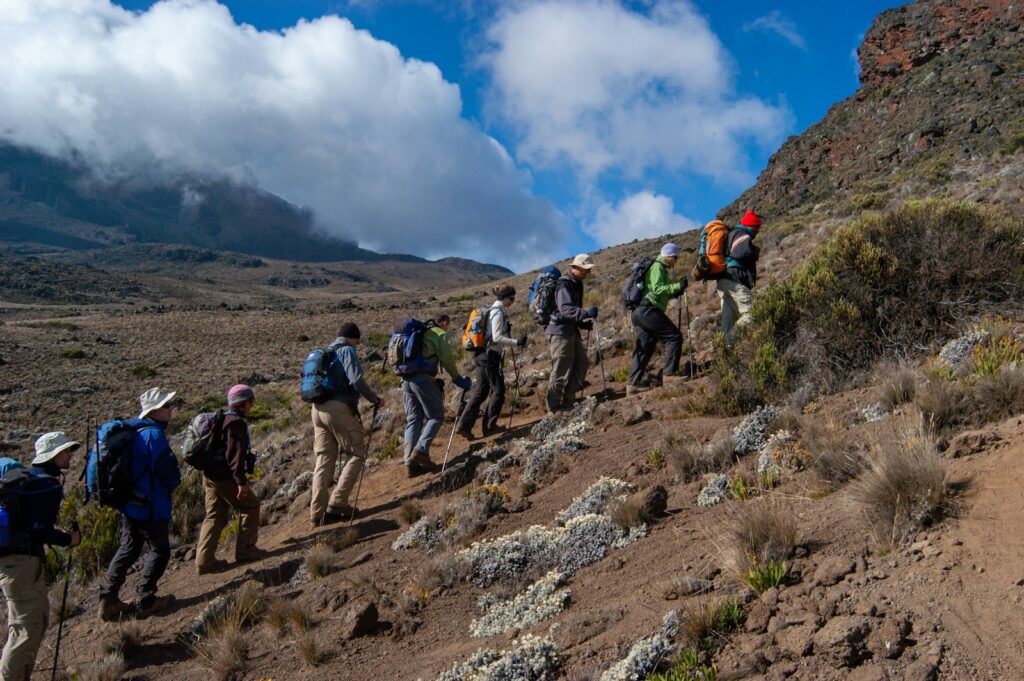
Professional guides and outfitters often have permits and knowledge allowing them to access less-frequented areas of national parks that might be difficult for independent travelers to visit. These guided experiences, while typically more expensive than self-guided exploration, can provide exceptional value through unique access and specialized knowledge. In parks like Denali or Olympic, authorized guides can lead small groups to restricted areas or during seasons when general visitation is limited. Beyond accessing exclusive areas, guides often know precisely when and where to go to avoid crowds at more popular locations. Many outfitters also offer specialized experiences like backcountry horseback riding, kayaking to remote coastlines, or photography workshops in locations specifically chosen to avoid the masses while capturing the essence of the park.
Monitor Special Events and Local Holidays
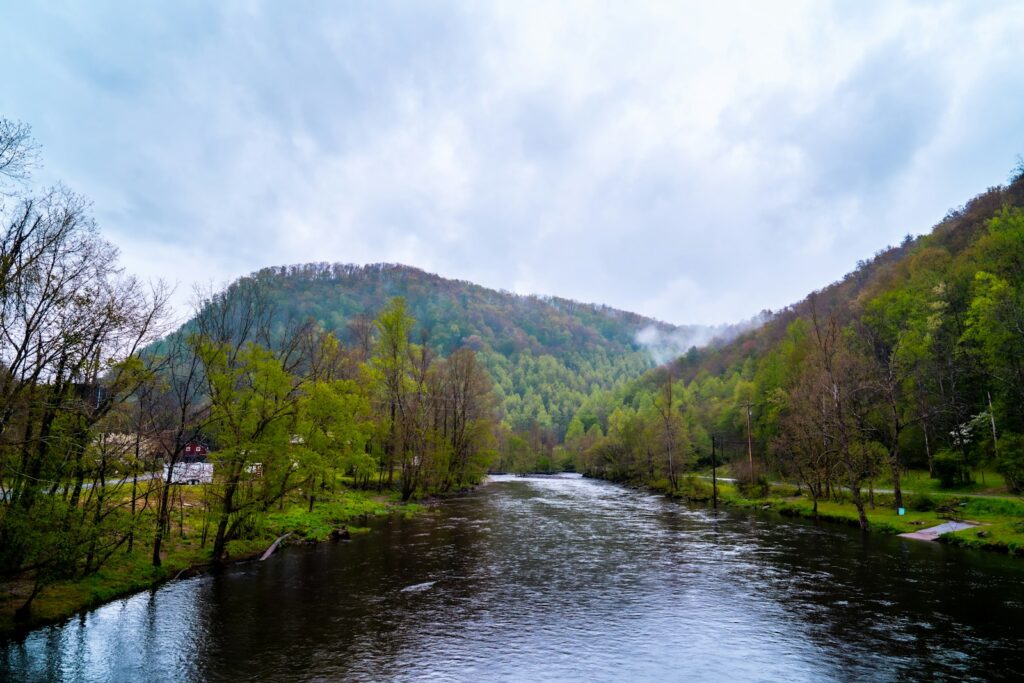
Being aware of special events, festivals, and local holidays that might increase park visitation can help you plan around potential crowd surges. Events like National Park Week (with its fee-free days), school spring breaks, and local celebrations can dramatically increase visitation beyond normal seasonal patterns. Before finalizing your itinerary, research whether any such events coincide with your planned visit dates and consider adjusting accordingly. Even within a park, certain locations may become temporarily more crowded due to seasonal natural phenomena, like wildflower blooms in Death Valley or firefly displays in Great Smoky Mountains. Contacting park visitor centers prior to your trip can provide invaluable insights about such temporary factors that might influence crowd levels during your visit, allowing you to make strategic adjustments to your plans.
Embrace the Path Less Traveled
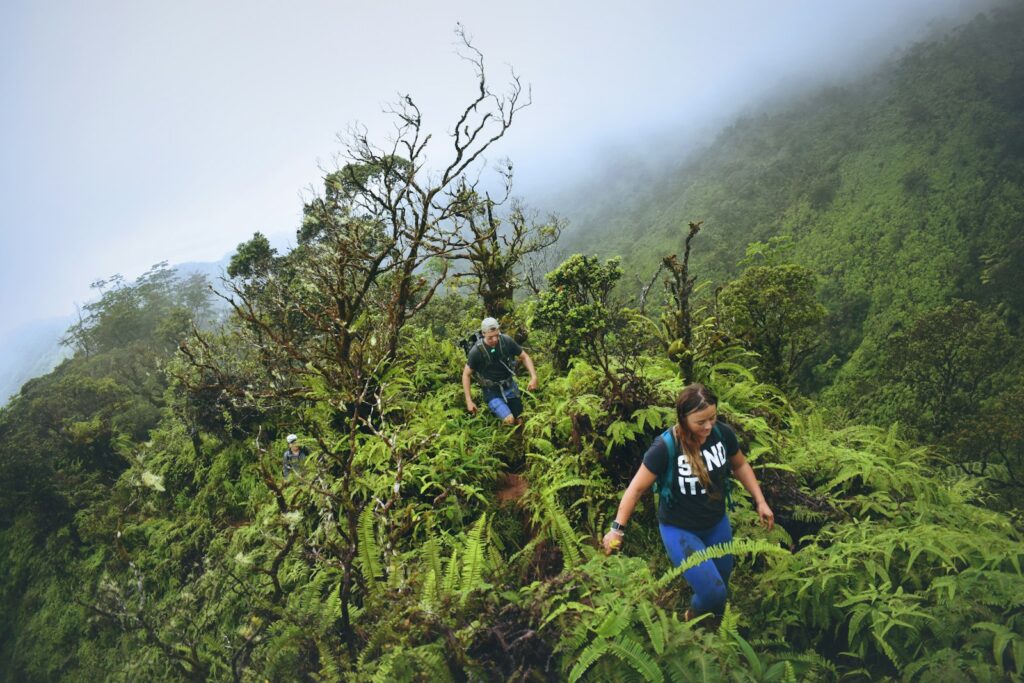
Perhaps the most powerful mindset for avoiding crowds is embracing the philosophy of seeking the path less traveled within these magnificent places. This approach means sometimes intentionally skipping certain “must-see” attractions in favor of more authentic wilderness experiences elsewhere in the park. Rather than following standard itineraries promoted in guidebooks and social media, develop a personal connection with aspects of the park that speak to your specific interests, whether geology, wildlife, photography, or cultural history. Rangers can often recommend trails and locations that match your interests while avoiding the highest-traffic areas. The willingness to forgo certain famous viewpoints in exchange for peaceful immersion in nature often results in more meaningful and memorable experiences than checking off a list of crowded attractions where genuine connection with the natural world becomes difficult amid the hustle of other visitors.
National parks represent some of America’s most precious natural treasures, and experiencing them without overwhelming crowds enhances their transformative power. By combining strategic timing, thoughtful planning, and a willingness to explore beyond the most publicized attractions, you can discover the tranquility and beauty that inspired the creation of these protected lands in the first place. Remember that avoiding crowds isn’t merely about escaping other people—it’s about creating space for meaningful connection with these extraordinary environments. The extra effort required to implement these strategies yields rich rewards in the quality of your national park experiences, potentially transforming a simple vacation into a profound journey through America’s most magnificent landscapes.

